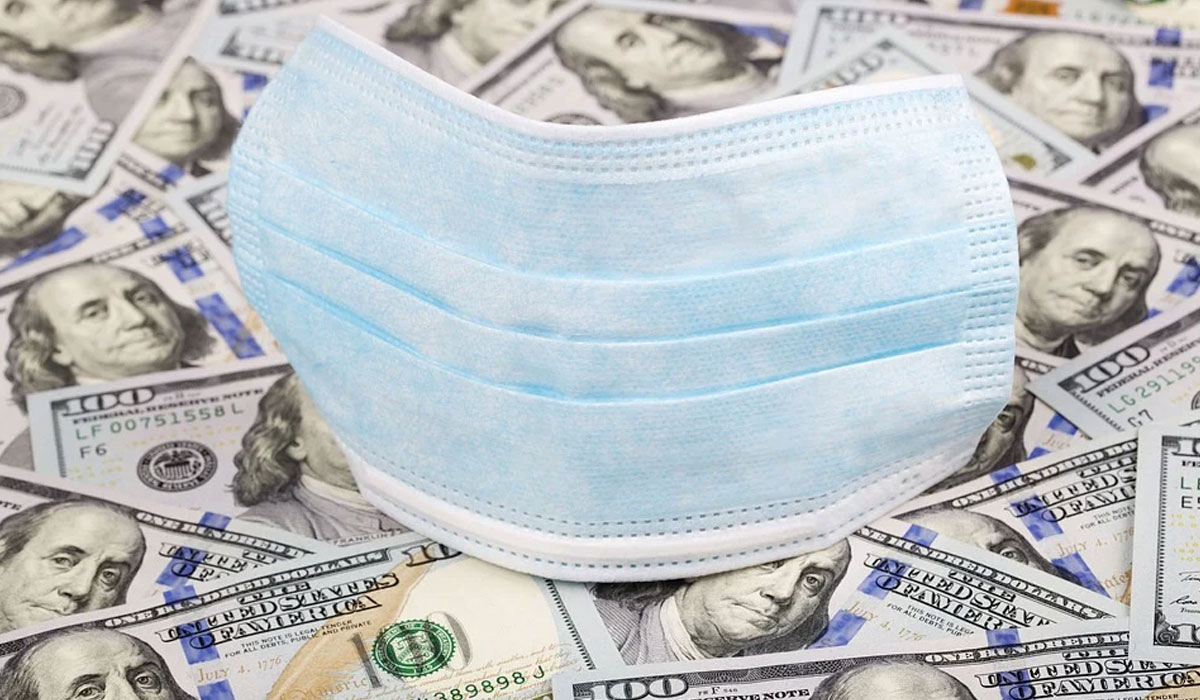Stimulus Checks Are Coming: How to Make them Stretch

7 May 2020
COVID-19 has negatively impacted the financial situation of many people in our community. From having hours reduced to needing to go on unemployment, people who were financially okay have suddenly found themselves wondering how they will make their mortgage and rent payments. Those who earn lower wages have been hit particularly hard.
Fortunately, help is on the way in the form of stimulus checks. The U.S. government is issuing checks of $1,200 per individual making less than $75,000 per year and $2,400 to married couples filing jointly who earn under $150,000 per year. In addition, the government will pay $500 per qualifying child. These checks have already started to be issued. Those who didn’t file taxes in 2018 can still qualify to receive a check and can use the IRS portal to enter information for their direct deposit. Additional information on the stimulus checks can be found here.
How to Spend Your Stimulus Check
Create a plan for how to spend your stimulus check before it arrives. This can help to prevent impulse buys and ensure that the most important bills are paid first. Consider the following suggestions:
#1 Cancel or pause subscriptions and automatic payments
Don’t spend your stimulus check on things you don’t need. If money is tight, the first place to start is to review bank and credit card statements to look for automatic payments and subscriptions that can be canceled or temporarily paused. Multiple streaming subscriptions, for example, could be reduced to one. Credit monitoring, video game subscriptions, etc. are optional. Canceling them could save enough money to help pay for the cell phone bill or groceries.
#2 Pay rent or the mortgage first
When the stimulus check comes, pay the rent or mortgage first. Having stable shelter makes it possible to feel safe, to protect your family and to have a base from which to get back to work or search for a new job once this is over. A lack of housing can create the type of instability that makes it difficult to keep a job and maintain a stable lifestyle.
#3 Contact companies to ask about options
Before the check arrives, contact utility companies, your cell phone provider, car lender and insurance company to find out if anyone is willing to temporarily suspend or discount payments. Some providers have publicly offered to do so. Since COVID-19 is a temporary situation, finding one or two bills that don’t need to be paid immediately can help to make the stimulus check stretch further.
#4 Prioritize based on essential needs
If there are still bills that cannot be paid using a combination of the stimulus check and unemployment, prioritize them based on what your essential needs are. For example, if after paying rent and utilities if there isn’t enough money to make both car payments - make the payment on the vehicle that is closest to being paid off. Contact the other lender to let them know about your inability to make the other payment and ask about any other options that are available to you.
Create Lasting Financial Health
Nearly 80 percent of Americans live paycheck to paycheck. A recent survey found that 44 percent of households wouldn’t have the savings to cover a $400 emergency expense. COVID-19 has created a financial emergency for many community members, so this statistic has come home to roost. There are ways to improve your long-term financial health to ensure that if something like this happens again, you will be prepared.
Tips to improve financial health:
- Assess your finances, create a budget for yourself and monitor your money. It’s important to have a clear picture of your income and expenses as a starting point.
- Identify opportunities to save. When you monitor spending, it becomes easier to pinpoint tendencies to overspend. You might consider packing a lunch rather than eating out more often. Or skipping that $6 latte once in a while. Small everyday savings can add up.
- Establish a savings account and use it. Set a goal of saving 10-20 percent of your income each month and deduct that amount as you would a regular monthly payment. At the minimum, make sure you have a $500-1000 fund in case of financial emergency.
- Create a long-term financial plan for yourself. Write down your specific financial goals for 1, 5 and 10 years from now. Consider paying down a certain amount of debt each year. Set aside a monthly amount for a house downpayment. Or make a monthly contribution to a retirement plan to help ensure a secure financial future.
A wealth of online resources are available to build financial literacy. We encourage you to check them out.
- When Your Income Drops series by the University of Georgia Extension.
- The National Credit Union Administration has a financial literacy education and resource center.
- America Saves is a campaign to motivate and support people in saving money, reducing debt and building wealth.
- Money Management International is a nonprofit that shares helpful tips and a 30-step path to financial wellness.
- Edutopia has resources and downloads for learning and teaching about financial literacy.
More Topics





